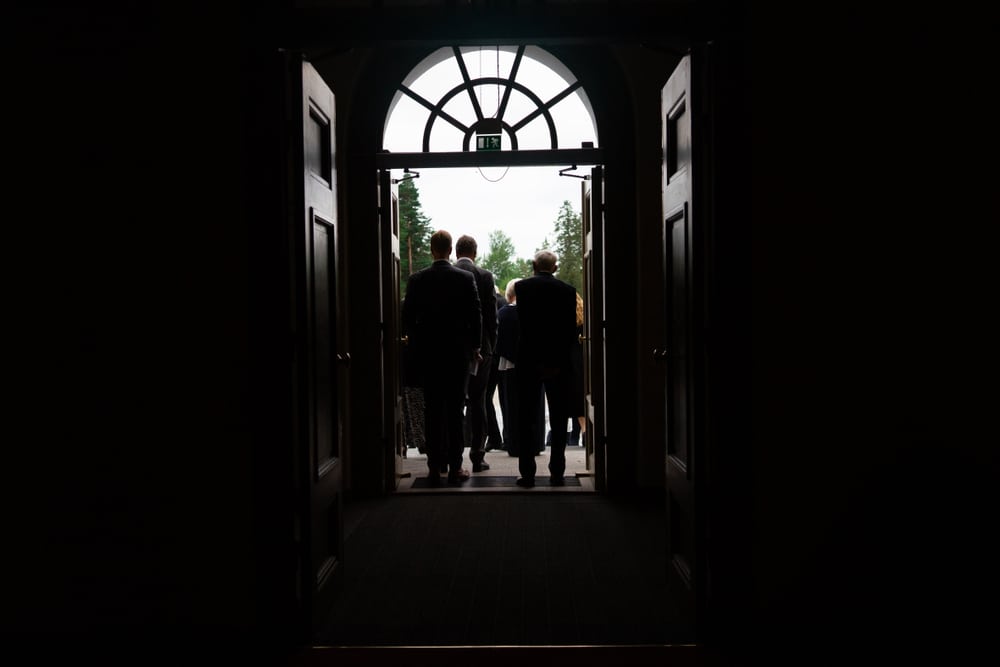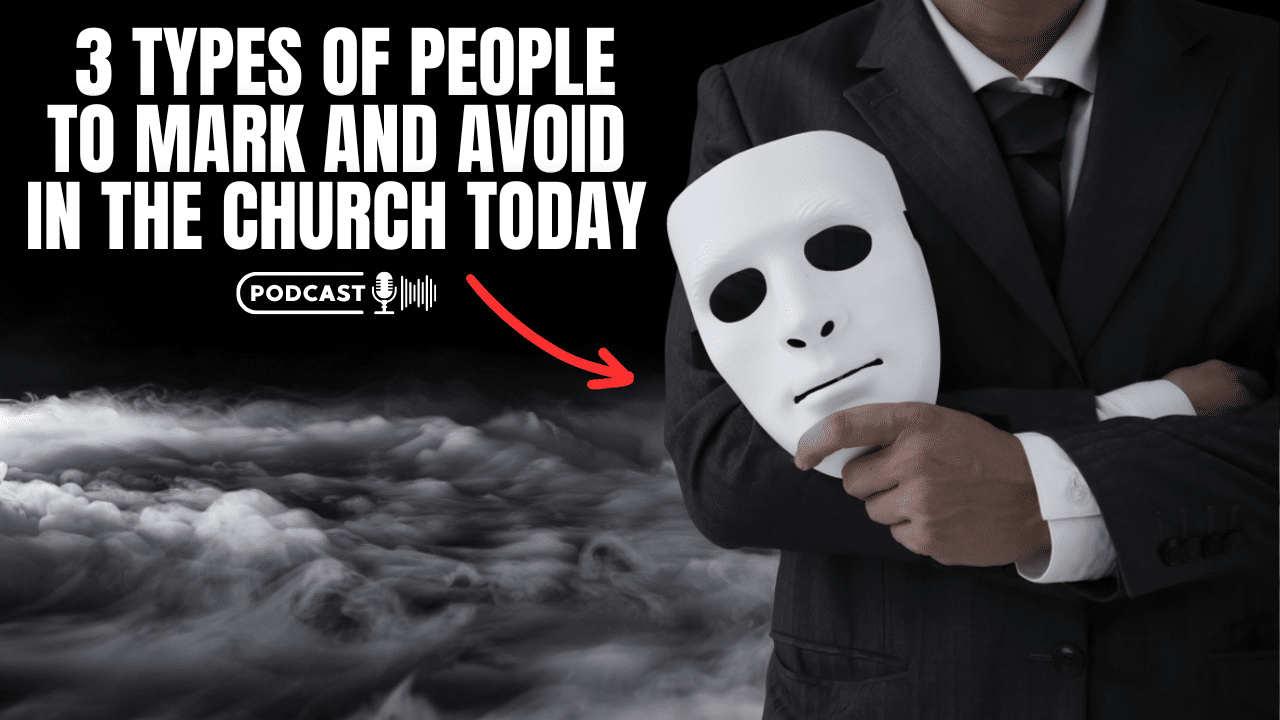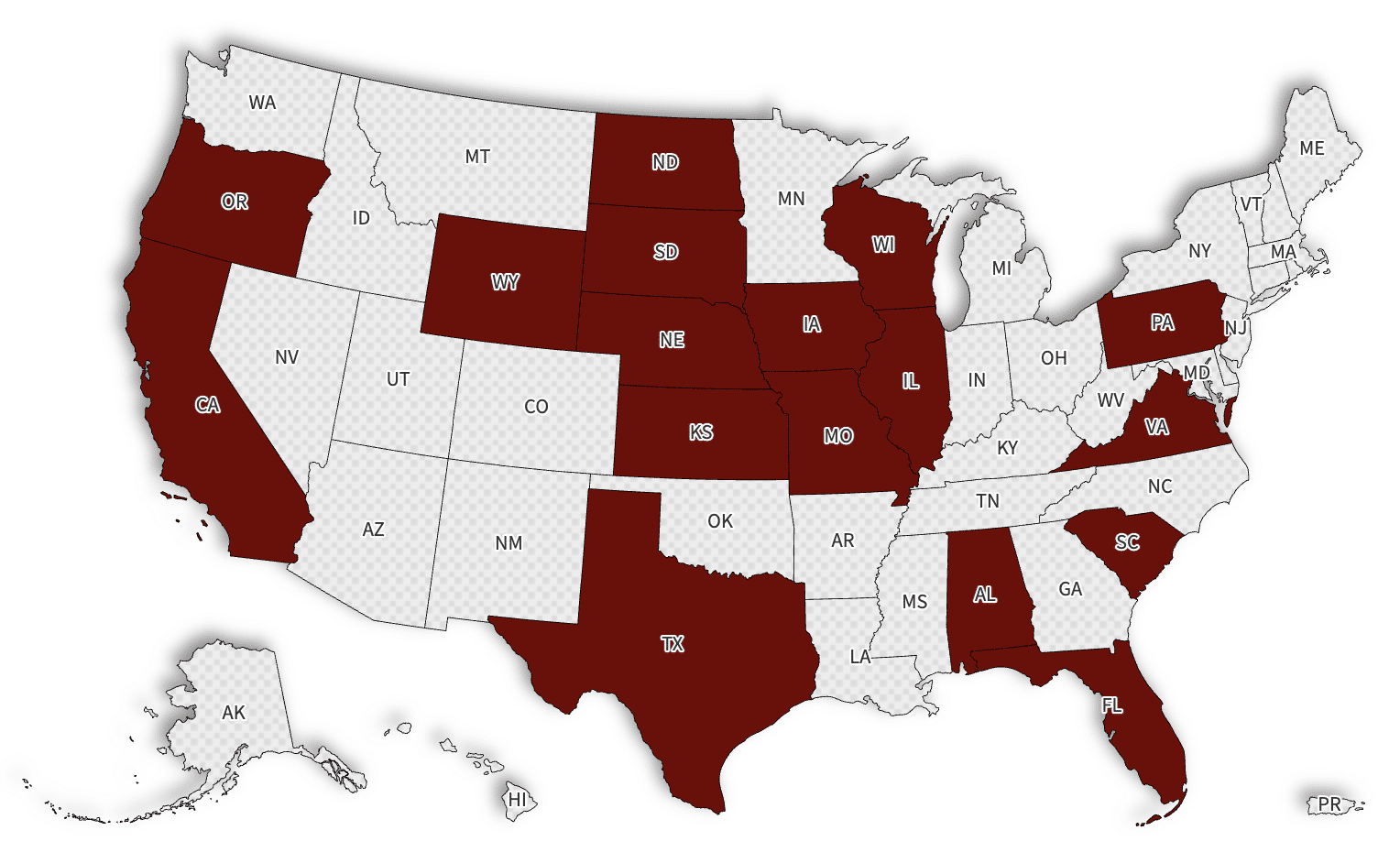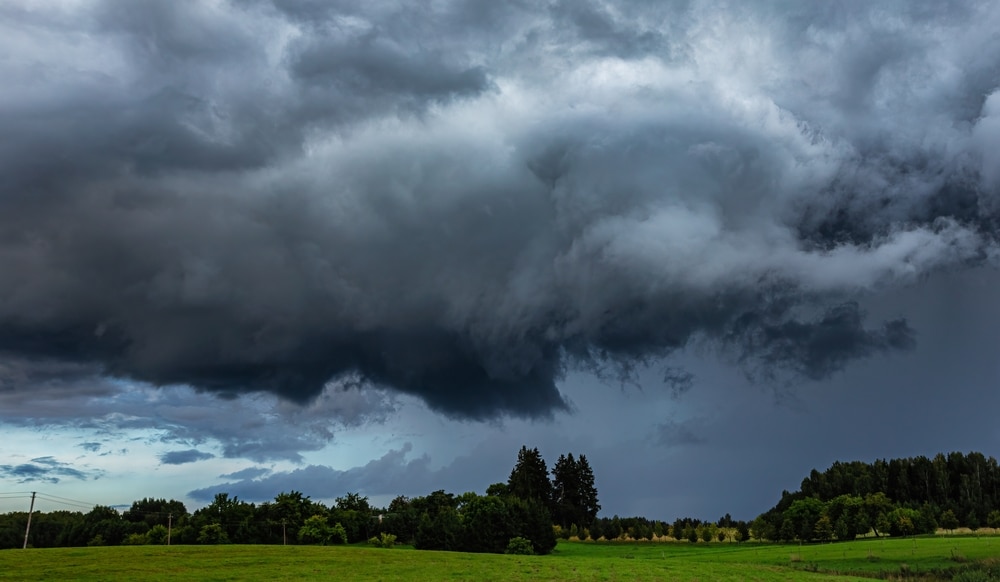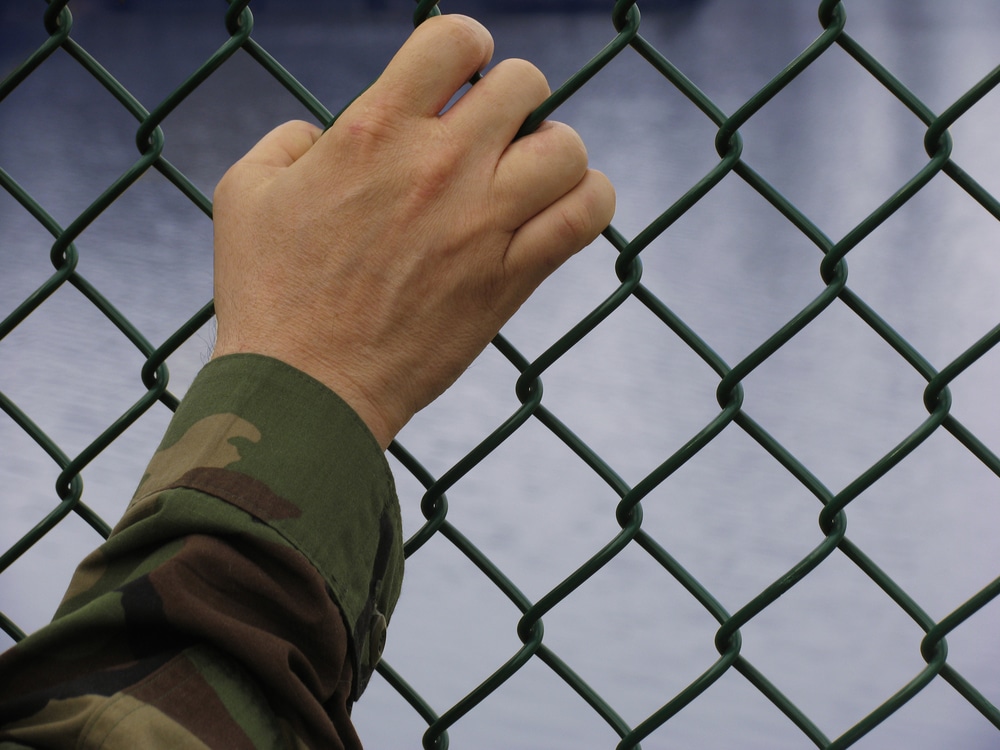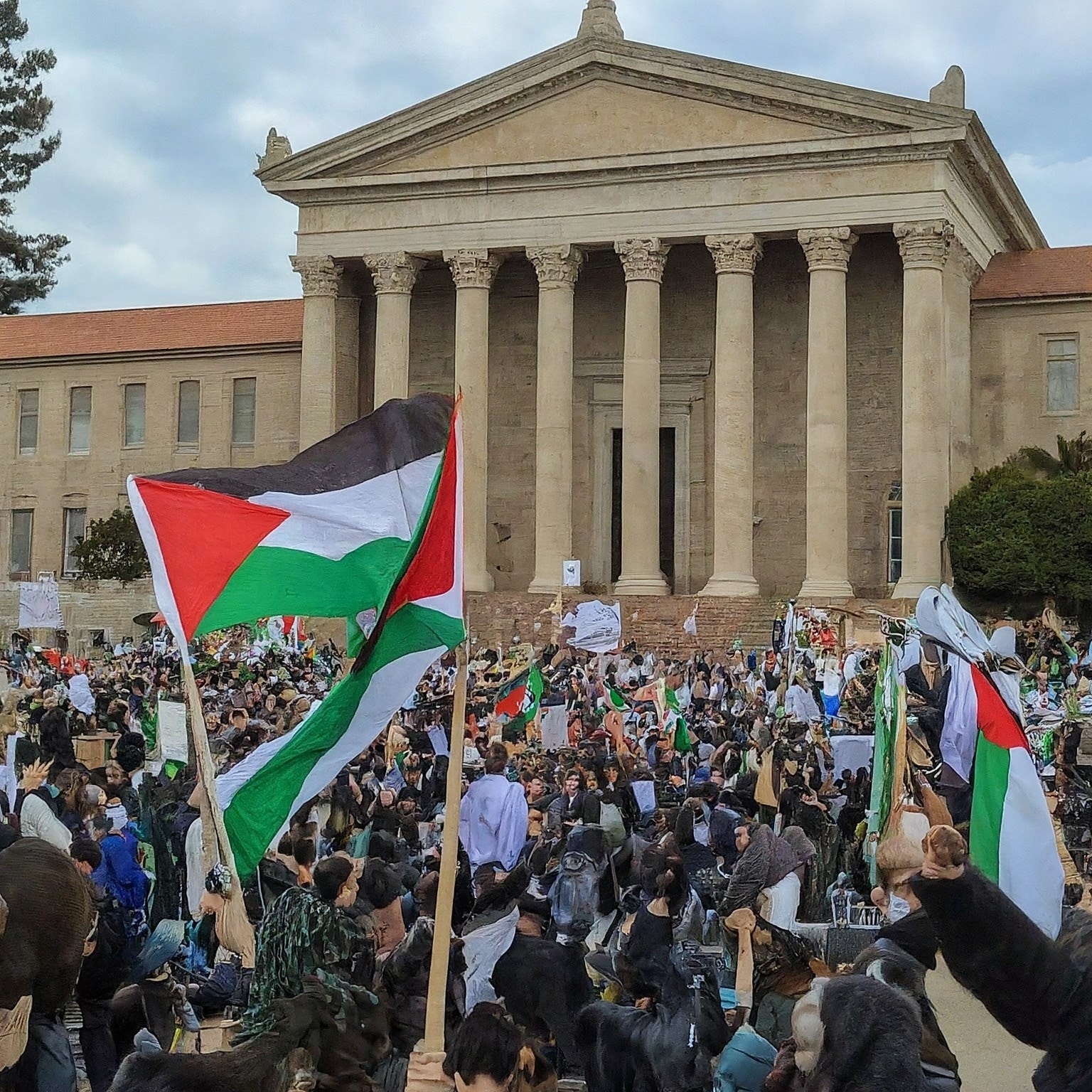(OPINION) As Americans observe Ramadan and prepare to celebrate Easter and Passover, the percentage of adults who report regularly attending religious services remains low.
Three in 10 Americans say they attend religious services every week (21%) or almost every week (9%), while 11% report attending about once a month and 56% seldom (25%) or never (31%) attend.
Among major U.S. religious groups, members of The Church of Jesus Christ of Latter-day Saints, also widely known as the Mormon Church, are the most observant, with two-thirds attending church weekly or nearly weekly.
Protestants (including nondenominational Christians) rank second, with 44% attending services regularly, followed by Muslims (38%) and Catholics (33%).
Majorities of Jewish, Orthodox, Buddhist and Hindu Americans say they seldom or never attend religious services. Twenty-six percent of Orthodox adults, 22% of Jewish adults, 14% of Buddhist adults and 13% of Hindu adults attend services regularly.
Although Buddhist and Hindu adults have similar levels of regular attendance, Buddhist adults are much more likely to say they seldom or never attend (75%) than Hindu adults (51%). The largest segment of Hindu Americans, 36%, say they attend about once a month.
Americans with no religious affiliation, including those who say they are atheist or agnostic, are very unlikely to attend church. Nevertheless, 3% say they attend weekly or nearly weekly.
Major religious celebrations for people of the Christian, Jewish, Muslim and Hindu faiths in March and April — which involve gatherings of the faithful at churches, synagogues, mosques and temples — will likely draw many more adherents than typical weeks.
Gallup measures church attendance and religious affiliation on nearly every U.S. survey it conducts. These results are based on aggregated data from Gallup telephone surveys conducted in 2021, 2022 and 2023, which yield enough sample to examine attendance among a larger number of religious groups than would be possible in typical survey samples.
Beyond Protestants, Catholics and those with no religious affiliation, other religious groups each represent 2% or less of the U.S. population.
The combined 2021-2023 data comprise interviews with more than 32,000 U.S. adults and at least 200 respondents in each religion, except for Orthodox churches and Hinduism. Gallup also constructed similar aggregates using 2000-2003 and 2011-2013 data to assess changes in religious service attendance over time.
Two decades ago, an average of 42% of U.S. adults attended religious services every week or nearly every week. A decade ago, the figure fell to 38%, and it is currently at 30%.
This decline is largely driven by the increase in the percentage of Americans with no religious affiliation — 9% in 2000-2003 versus 21% in 2021-2023 — almost all of whom do not attend services regularly. Still, most religious groups have also seen a decline in regular attendance at religious services over the past two decades.

